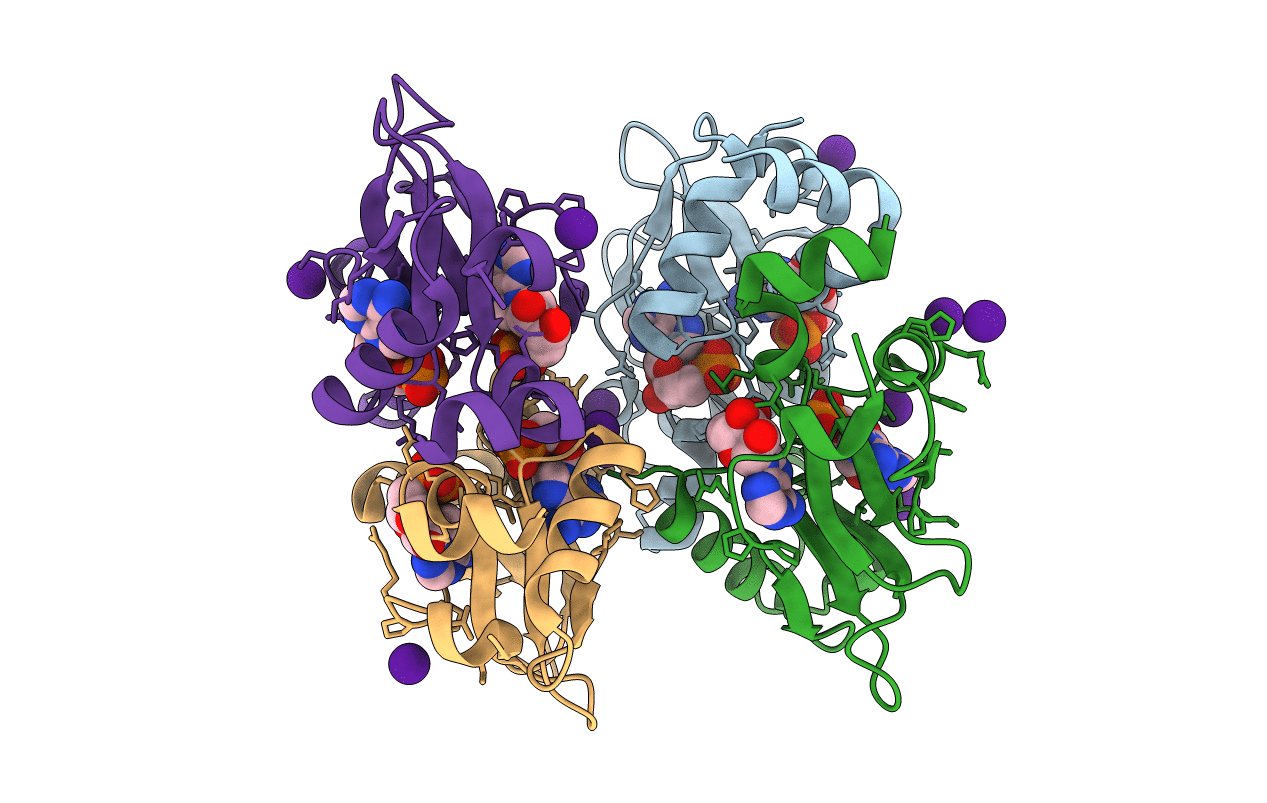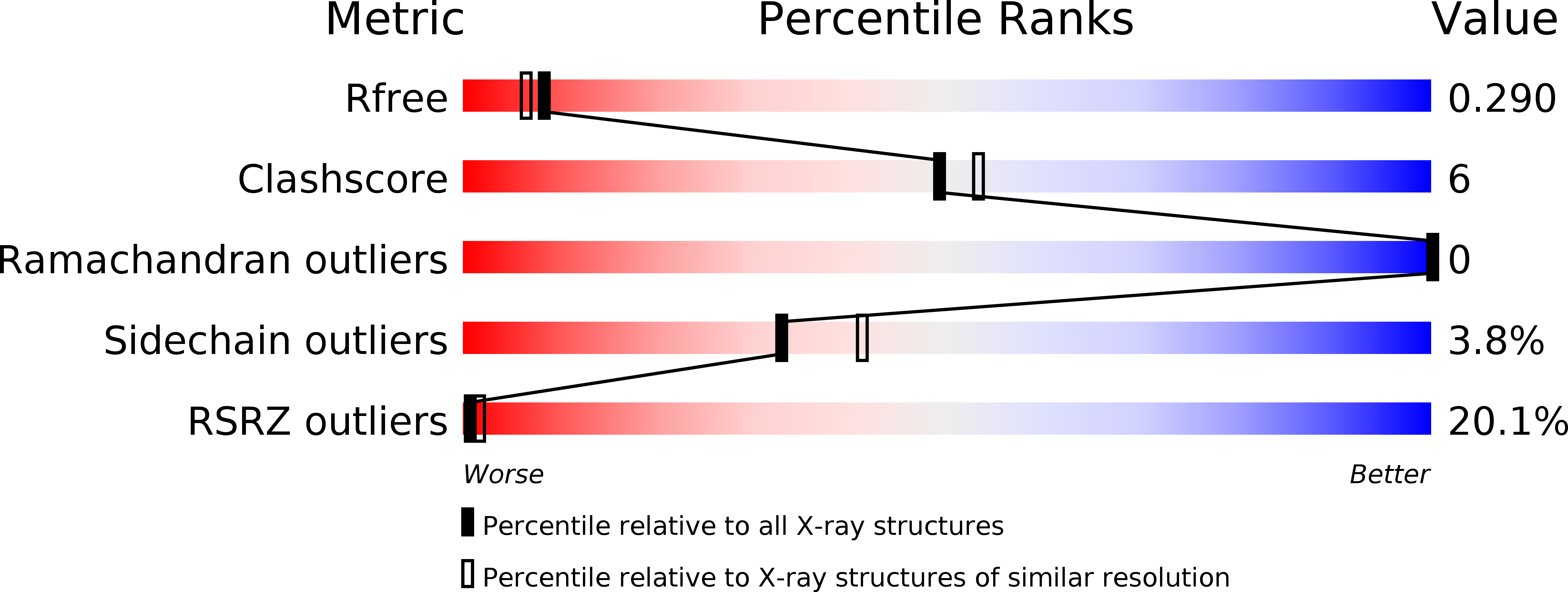
Deposition Date
2007-10-10
Release Date
2008-06-17
Last Version Date
2024-11-20
Entry Detail
PDB ID:
2RIF
Keywords:
Title:
CBS domain protein PAE2072 from Pyrobaculum aerophilum complexed with AMP
Biological Source:
Source Organism:
Pyrobaculum aerophilum (Taxon ID: )
Host Organism:
Method Details:
Experimental Method:
Resolution:
2.35 Å
R-Value Free:
0.29
R-Value Work:
0.23
R-Value Observed:
0.24
Space Group:
P 41 21 2


